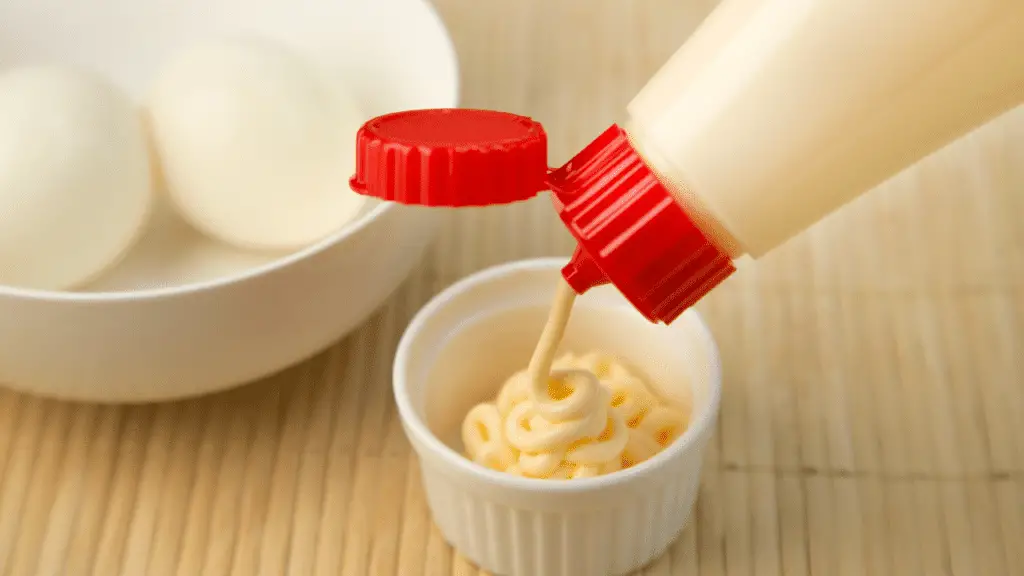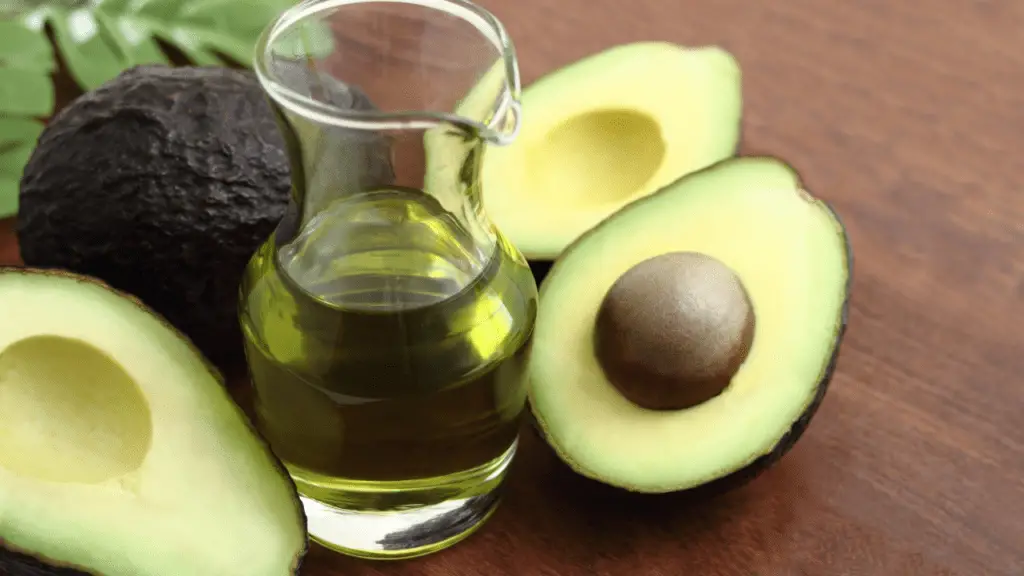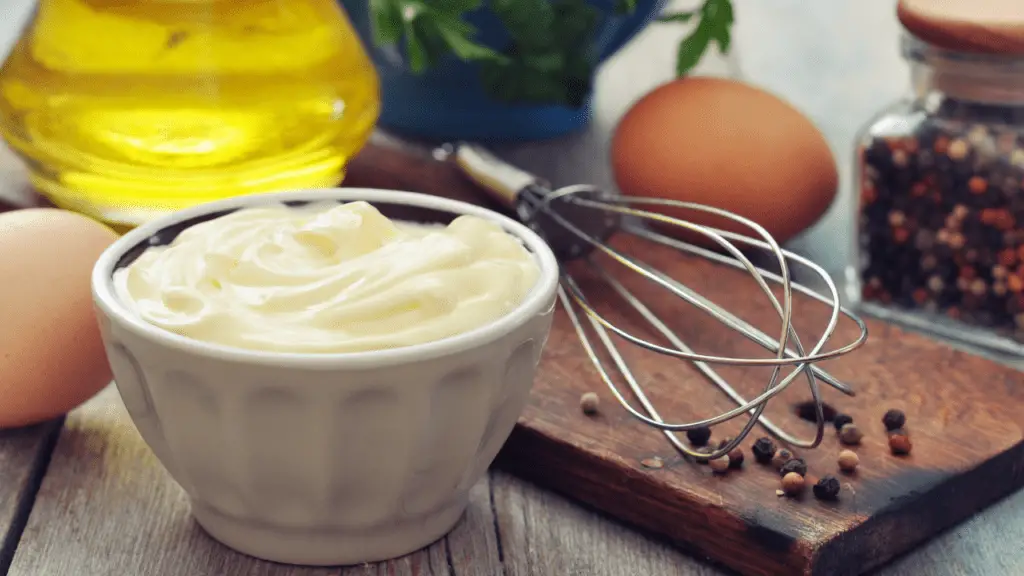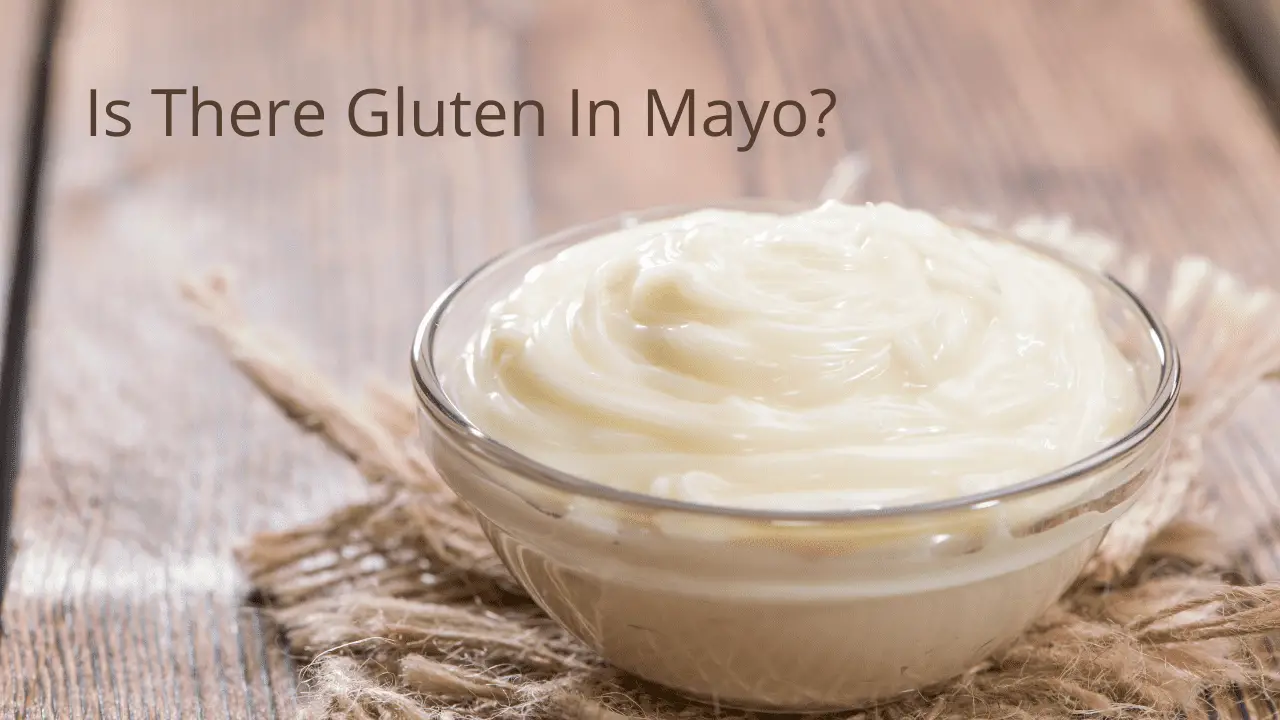Mayo is a worldwide classic when it comes to popular condiments. Its mild, clean flavors with the smoothest texture make it a great addition to various dishes.
Whether you're eating french fries, making various dips, or a potato salad, the adverse uses of mayo are unlimited.
Considering that mayo is a staple in many kitchens, a popular question is whether it's gluten-free. Let's find out!
What is Mayo?
Before we jump to the ingredients used to make mayo, you might be wondering what it is.
A chef's most desired wish is for his prepared dish to taste as delicious and palatable as possible. For this purpose, many cooks add condiments to enhance the flavor of the food. Among these condiments, mayo, also called mayonnaise, is arguably the most used and liked dressing.

Mayonnaise is a white, thick sauce that originated in French cuisine. You might be a connoisseur of what mayonnaise is and what it is made of. But, some of you might be coming across this term for the first time.
Predominantly, mayonnaise is made by mixing oil, eggs, and an acid. Mostly, people use vinegar or lemon juice as the acid, but you can swap those according to your personal preference.
Similarly, you can add any ingredient or seasoning and alter the taste and appearance you want. But, by standard, a mixture of eggs, vinegar, and oil in an emulsifier is called mayonnaise. Without the latter, you'll find yourselves staring at a batch of “broken” mayonnaise.
Mayonnaise is added to various dishes to lend creaminess and a unique, flavorful taste. For this reason, it is crucial, especially for a celiac patient, to know whether mayonnaise is contaminated with gluten.
Is Mayo Safe for Celiac Patients?
Here's a walk down a memory lane we just took – combine eggs, oil, and an acid. Voila, you get mayo! There you have it, but let's break the composition down further. That way, you'll know where the gluten hides in mayo.
Eggs:
Your local supermarket likely sources its eggs from a poultry farm. Even if you're the adventurous kind to go for, say, duck eggs instead of hens, they're gluten-free.

Organic or pasteurized eggs do not contain gluten, no matter the type.
Oil:
Whether you use olive oil, sesame oil, grapeseed oil, etc., every plant-based cooking oil is gluten-free. However, the trouble with cooking oils is that they're heavily processed. I suggest using avocado oil.

Cooking oils usually don't contain gluten-based additives, but they are susceptible to cross-contamination during manufacturing.
Acids:
Lemon and vinegar make mayo the most common food-based acids. Lemons are a fruit that comes from trees, and there's no gluten-based ingredient in them. Lemon juice, alternatively, and vinegar are different cases considering they're manufactured products.

Like all manufactured foods, there always is a risk of cross-contamination at manufacturing plants.
What's The Big Deal About Cross-Contamination?
This factor checked out 2 out of 3 ingredients, and it's best to know how risky it is for gluten-free dieters.
Cross-contamination is everywhere, which is mainly to do with the fact that manufacturers operate industry-level operations now. A company producing ketchup may also be manufacturing soy sauce at the same site. While ketchup doesn't have gluten-based ingredients, soy sauce does. Thus, these manufacturing plants become a site for cross-contamination between products.

You may be eating naturally gluten-free products that are not labeled or certified. However, everybody is different, and it depends on yours at the end of the day. Mostly, the average gluten intake from cross-contaminated products is insignificant. According to NIH, celiac patients can safely consume up to 10mg/500g of food in most cases.
If the slightest consumption of gluten particles causes symptoms for you, it's best to take precautions. Get gluten-free mayo brands instead of counting on ones that aren't labeled as such.
How to Find Gluten-Free Mayo
You don't have to guess or contact the manufacturer every time to inquire if a mayo brand is gluten-free. Generally, there's no need to go into detail over the ingredients list to find gluten sources.
The gluten-free trend is increasing, whether because of gluten intolerance or a healthy lifestyle preference. And with that, manufacturers are consistently trying to keep up with the trends.
Next time you're heading out to grab mayo, search for labels on the packaging. Manufacturers are not abided by law to include a gluten-free label for naturally so foods. However, you'll find dozens of brands that do.

Look for labels that say: gluten-free, without gluten, no gluten, and free of gluten. A labeled gluten-free product means there's less than 20 ppm in it. It's safe for most celiac and gluten-sensitive patients.
Even gluten-free labels can be unsafe in severe celiac and gluten sensitivity cases. Keeping that in mind, opt for certified gluten-free brands. Certified gluten-free means that the product contains less than 10 ppm gluten. Additionally, these products are safe because they're tested and regulated by the FDA.
You can ask whether the mayo in the recipe and the overall meal are gluten-free at restaurants. Many restaurants now prepare gluten-free food or cater to special dietary requirements.
Top Gluten-Free Mayo Brands
For celiac patients, their top priority is finding gluten-free food. To make it easier for you, here is a list of brands that produce and sell certified gluten-free mayonnaise:
Best Foods:
Best Foods, owned by Unilever, produces many spreads and mayonnaise. Best Foods Real Mayonnaise, Extra Creamy Mayonnaise, Best Foods Light Mayonnaise, and Avocado Oil Mayonnaise Dressing are gluten-free. You can also try the Best Foods Canola Cholesterol Free Mayonnaise Dressing following a low-fat diet.
Hellman's
Like Best Foods, Unilever also owns Hellman's. The difference is that Best Foods is sold west of the Rocky Mountains. On the other hand, Hellman's covers the area east of the mountain range.
Hellman's competes with Heinz and makes arguably the best mayonnaise in the US. Moreover, many of the company's products tick all the boxes, including gluten-free, no MSG, no artificial flavors, and no gums. If you want to try any of their products, go for the delicious Hellmann's Real Mayonnaise.
Chosen Foods Avocado Mayo
Chosen foods is another successful brand that produces and sells mayo. The company sells my favorite mayo: Avocado mayonnaise. It is the best choice for mayo and is certified gluten-free by the brand.
Heinz
Heinz has worked tirelessly to become one of the most successful brands that make condiments across the globe. Like typical condiments, Heinz has other companies beat when it comes to gluten-free mayonnaise.
According to the brand, the vinegar they use to make mayonnaise is distilled from corn. Six of their mayo products have been labeled gluten-free by the brand. Their Light Mayonnaise has a special place in customers' hearts. It is safe for celiac patients, but it also contains less fat than regular mayonnaise.
Blue Plate Mayonnaise
Blue Plate Mayonnaise has a strong foothold, especially in the southern region. The brand sells three different types of mayonnaise, mainly Light mayonnaise with olive oil, Light Mayonnaise, and Real Mayonnaise. According to the company, all of its products are certified gluten-free.
Recipe for Homemade Mayo

This recipe is what you've been searching for to make rich and delicious mayo in your kitchen—made with all-natural, simple ingredients. Plus, it only takes ten minutes! Try this recipe for yourself, and you might never want to go back to store-bought mayo.
Ingredients:
● 1 large egg
● ¼ teaspoon kosher salt
● 1 cup neutral-flavored oil (avocado works great)
● 1 tablespoon vinegar
● 1 tablespoon dijon mustard
Directions:
- Crack open the egg and put it in the processor. Turn it on for 20 secs.
- Add mustard, vinegar, and salt to the processor. Let it process for 20 seconds more.
- While keeping the processor on, start adding oil in droplets till you've added 1/4th cup.
- Once the mayo emulsifies, gradually add the remaining 3/4 cup of oil.
- Use a spatula to scrape the sides and then process for 10 secs.
Tips:
- Use a small processor. You can make the mayo by hand if you don't have one. Don't stop whisking, though. That's the trick to good mayo.
- Mustard isn't compulsory, but adding it gives the mayo a range of rich flavors. Also, mustard helps in the proper emulsion of the mayo.
- If the mayo is too thin for your liking, you can add more oil. Add it while the processor is on.
Final Thoughts
Mayo makes the gluten-free foods category.
Always be cognizant of the ingredients on the label. It is best to stay away from seed oils such as canola, soybean, and vegetable oils. They are bad for our digestive system.
If you do buy store-bought, make sure the product is labeled or certified gluten-free. Or choose the best version: the homemade version, and make it using the recipe we added.
Enjoy!
Homemade Mayo Recipe
Equipment
- Food Processor
Ingredients
- 1 Large Egg
- 1/4 Tsp Kosher Salt
- 1 Cup Avocado Oil
- 1 Tbsp Vinegar
- 1 Tbsp Dijon Mustard
Instructions
- Crack open the egg and put it in the processor. Turn it on for 20 secs.
- Add mustard, vinegar, and salt to the processor. Let it process for 20 seconds more.
- While keeping the processor on, start adding oil in droplets till you've added 1/4th cup.
- Once the mayo emulsifies, gradually add the remaining 3/4 cup of oil.
- Use a spatula to scrape the sides and then process for 10 secs.
Tips:
- Use a small processor. You can make the mayo by hand if you don't have one. Don't stop whisking, though. That's the trick to good mayo.
- Mustard isn't compulsory, but adding it gives the mayo a range of rich flavors. Also, mustard helps in the proper emulsion of the mayo.
- If the mayo is too thin for your liking, you can add more oil. Add it while the processor is on.
The owner of this website, HealthYeahLife.com, participates in the Amazon Services LLC Associates Program, an affiliate advertising program designed to allow sites to earn advertising fees by advertising and linking HealthYeahLife.com Review to Amazon properties including, but not limited to, amazon.com.






